Back to Courses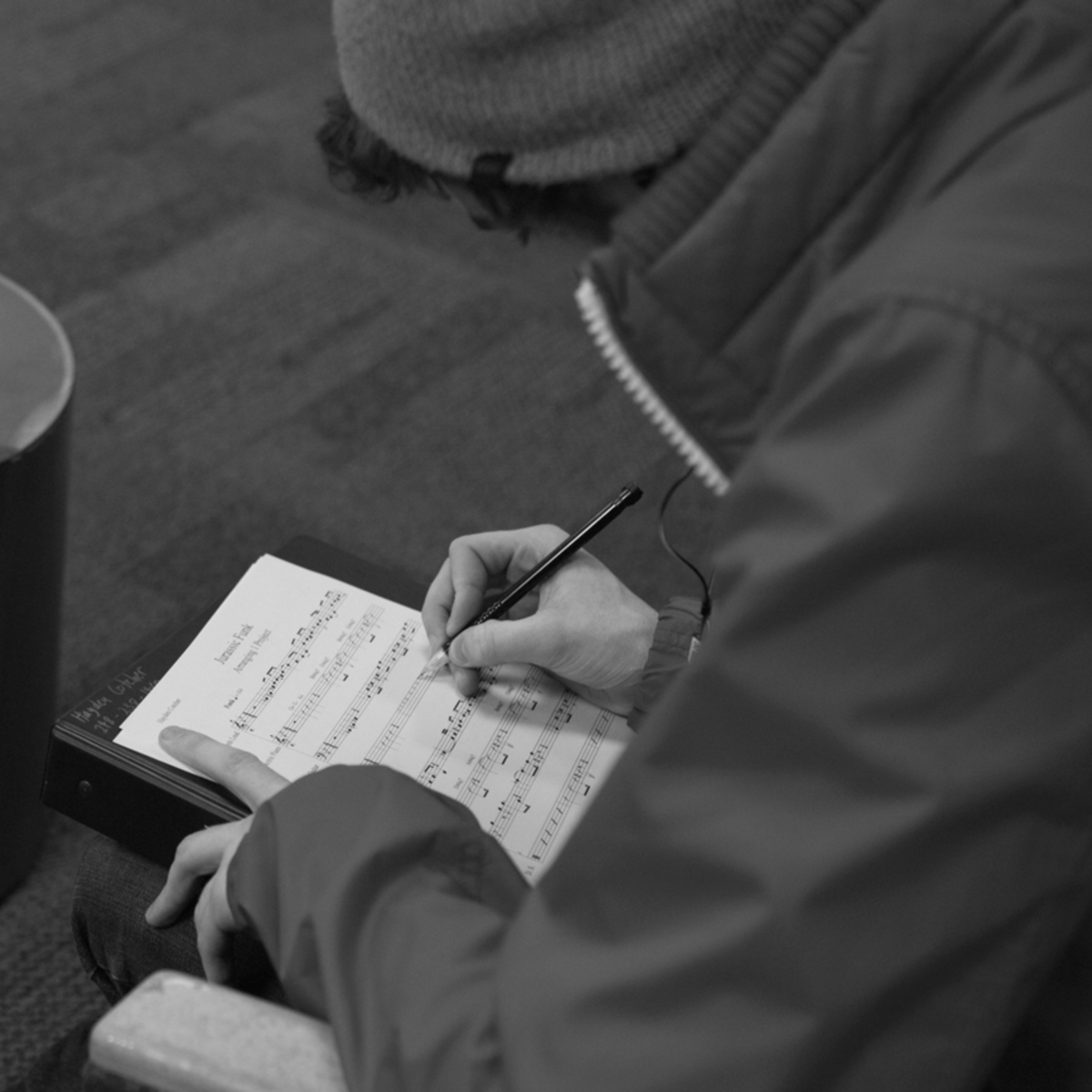


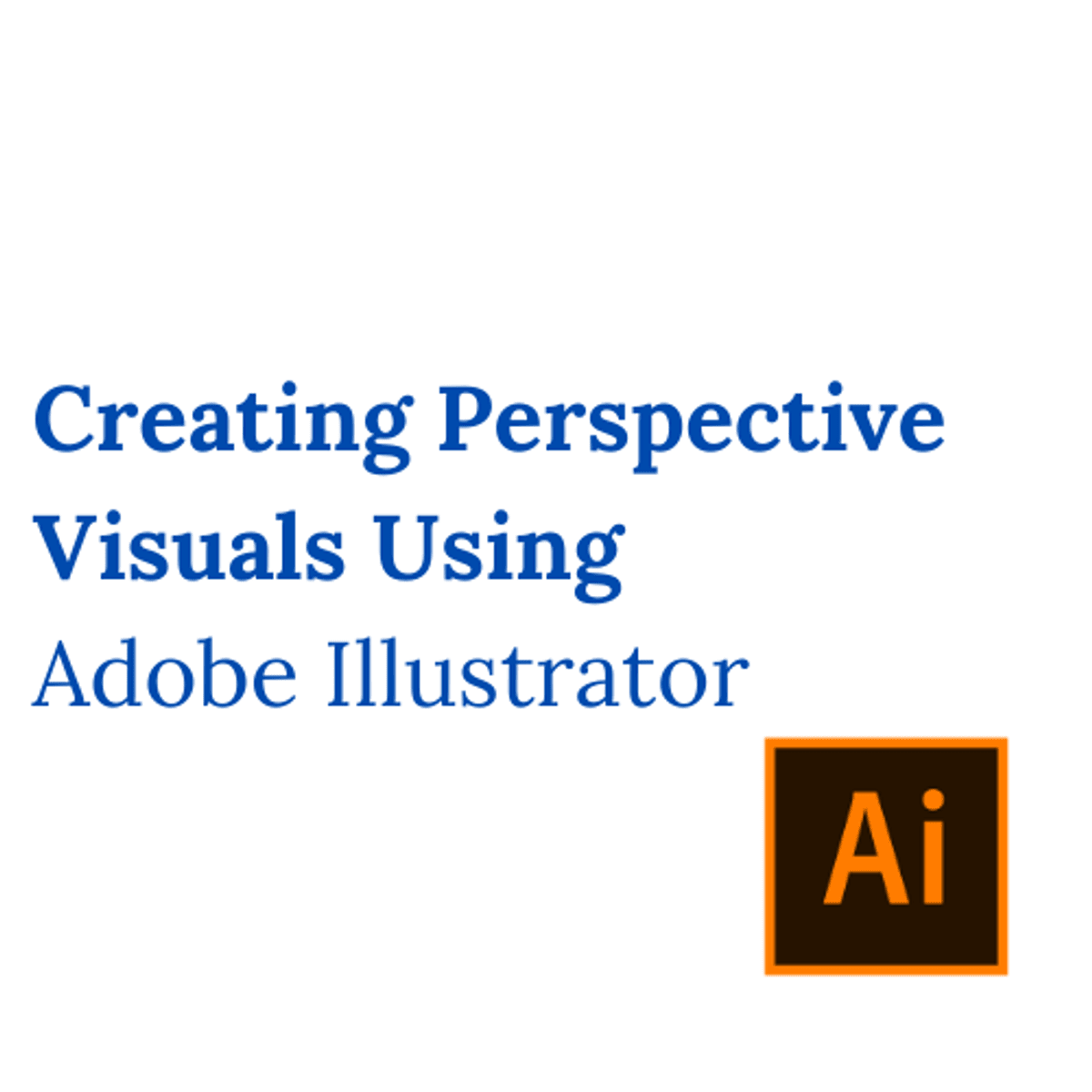
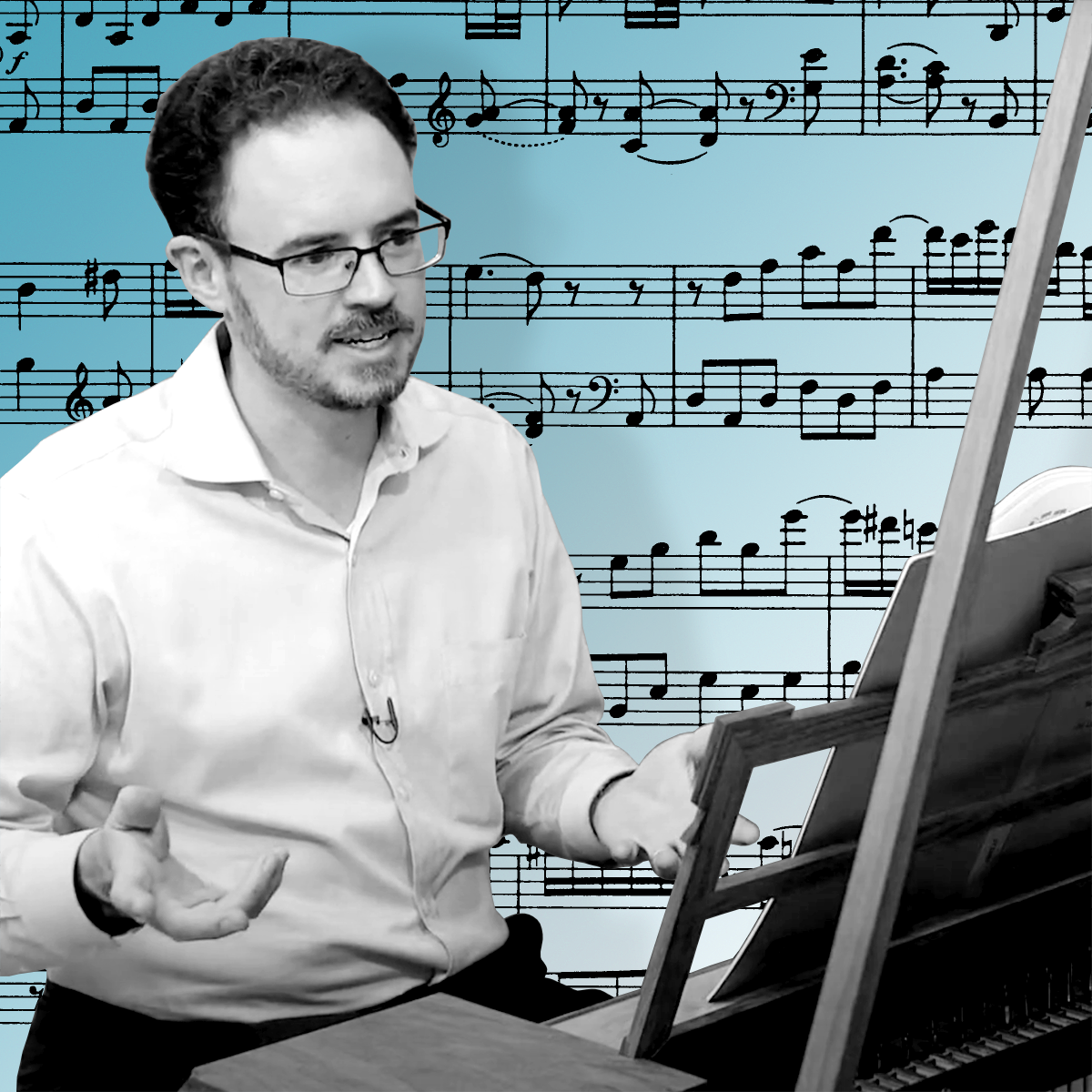
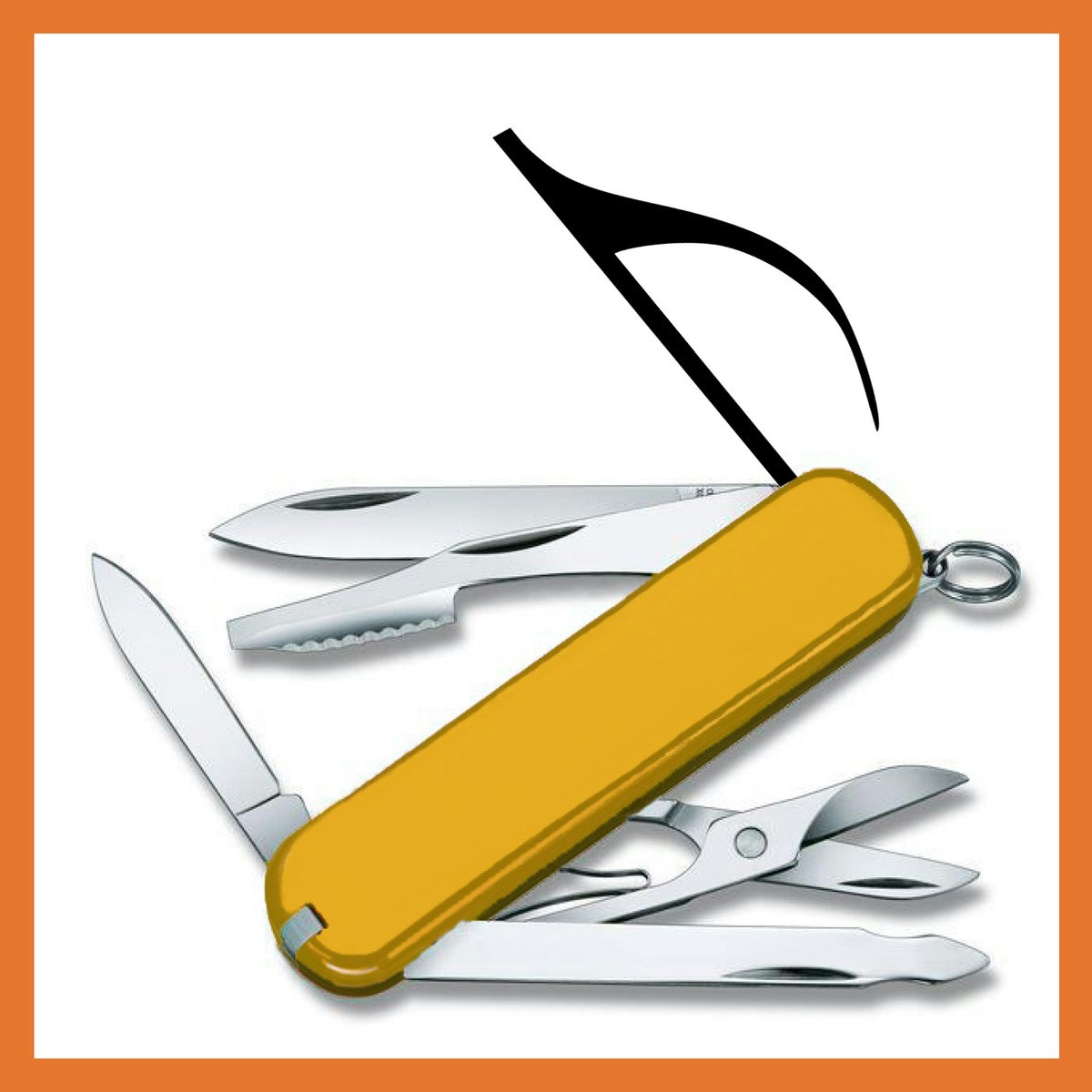



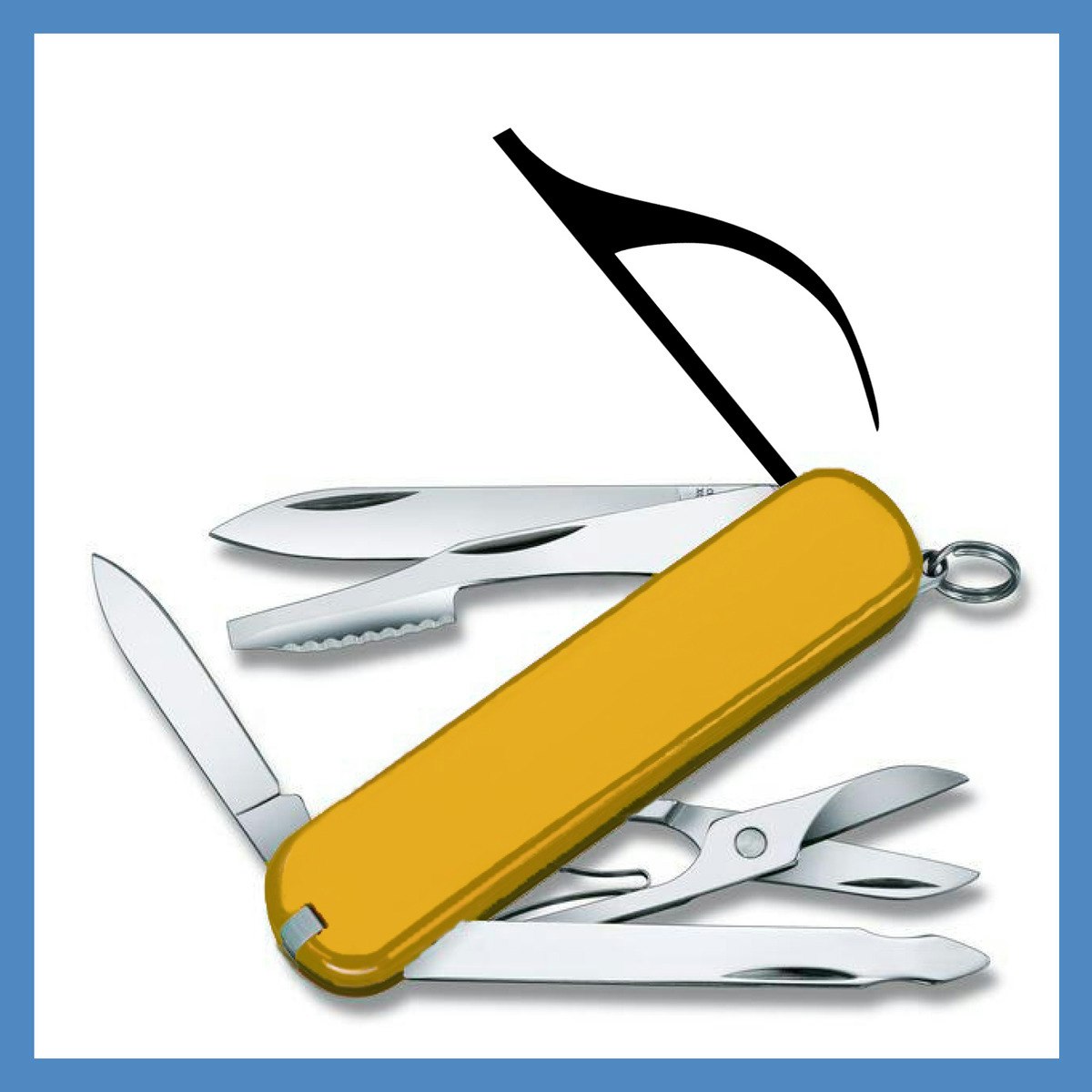
Music And Art Courses - Page 13
Showing results 121-130 of 257

Copyright Law in the Music Business
In this course taught by E. Michael Harrington, students will learn the basis for copyright including what is and is not covered by copyright law. This course will help clarify what rights artists have as creators as well as what the public is free to take from their work. Students will also learn what to do if someone copies their work and what to do if they are accused of copying someone else. Finally, the course will discuss how technology has changed copyright for the better (and worse) and how copyright laws may change in the coming years.

Guitar Performance Techniques
Your favorite guitarist didn't become your favorite guitarist without the support of other musicians. The most important skill for a guitarist to learn is the exact same skill that was so important in kindergarten: playing well with others. Guitar Performance Techniques gives guitarists the essential and practical skills to play well with others in any ensemble situation. This course begins with daily warm-up techniques that help you prepare for rehearsals, jam sessions, and stage performances. From there, you'll explore chords, time accuracy, tone production, ear training, and the many aspects of jamming with other musicians. Upon successful completion of this course, you will be able to confidently interact with other musicians in a group setting and bring your A-game to any jam session you join.

Principles of Photo Composition and Digital Image Post-Production
Welcome to Course THREE! In the first two Modules you will gain a more professional-level understanding of the Design Elements that artists have used throughout history to create successful compositions. Arranging the Elements in ways that lead viewers through their compositions is an essential craft for photographers no matter whether their subject matter is pure documentary or vividly exotic personal expression. In Modules 3 & 4 we survey the essential elements of post-photography image management, using Adobe(tm) LIGHTROOM(tm). Image adjustment software designed for Smartphone photographers rounds out the Course. Since even photographers whose mainstay is a high-end DSLR also must admit to Smartphone use occasionally, and photographers who only use a Smartphone will usually admit that they want to step over to a "regular" camera at some point, there is something for everyone here! Let's get started with Module One!

Creating Perspective Visuals Using Adobe Illustrator
By the end of this project, you will create Motion graphics for websites using Adobe Illustrator CC. Throughout the tasks, you will be able to design your motion graphics, prepare them for animation, create shape tweening keyframes, work with Artboard sequences, and finally, you will export your design for final use.
This guided project is for Intermediate designers since we will develop from the basic knowledge of Motion and Designing concepts. Also, we will use designing tools in Illustrator like the Shape tool, Drawing pen tool, Artboards, and Masks.
This project will provide you with the ability to create Vector Look Motion graphics for Websites Using Adobe Illustrator which merges the power of Vector-based designing and Tweening concepts that can be applied with the Artboards feature available in Adobe illustrator. Knowing how to create Motion graphics with Adobe Illustrator opens a wide door of opportunities for you. especially for promising fields like Retail Business, Advertising, or Digital Marketing!
Adobe Illustrator is a very powerful Vector-based designing and illustration tool with multiple built-in vector-based features and tools which can elevate your production, especially with the clean and sharp look that Illustrator provides added to the new web-oriented features. Illustrator also is compatible with all other Applications from Adobe which makes the integration more efficient and effective.

The Piano Sonata: Origins to Mozart
In this course, you’ll be introduced to sonata form; how it works, where it came from, and how sonatas are put together as multi-movement compositions. We will analyze the early history of the piano sonata and discover the important early masters of this style (Scarlatti, CPE Bach, Haydn, and Mozart). You’ll then investigate the relationship between the keyboard instruments of the time and the musical style, and be able to differentiate between Baroque, Galant, and Classical styles.
This course was filmed at the University of Michigan School of Music, Theatre & Dance, among other locations, to showcase the depth of the sonata repertoire and the instruments that contributed to its history.

Launching Your Music Career
After you've acquired the various tools and strategies to build your music career, it's time to put those skills to work! In this course, you will acquire the skills to manage a variety of professional endeavors including self-management, freelance performing, and launching a private lesson studio. Perfect for the young professional or a seasoned pro looking to diversify their portfolio career.

How to use the perspective grid tool in Adobe Illustrator
In this project you will learn how to use the perspective grid tool in Adobe Illustrator.
This tool allows you to put any design, shape, or text into perspective and it's extremely useful when designing. This tool elevates your value as a graphic designer and being able to use it and understand how it's used is awesome. Many tools are ignored in Adobe Illustrator and what makes you shine and be the graphic designer your client needs is to have the ability to use any tool to make your job even better.
In this guided project you'll learn how to use the perspective grid in one point, two point, and three point perspective and you'll apply designs in every scenario. You will also design a realistic 3D packaging Mock Up. I hope you are excited to learn more about Adobe Illustrator. Let's go ahead and start!

Understanding Smart Objects in Adobe Photoshop
By the end of this project, you’ll be able to create and edit smart objects in Adobe Photoshop. You’ll use smart objects to apply nondestructive edits and swap assets inside files.
During this project, you’ll get used to navigating some important Photoshop tools and practice creating and importing smart objects, and you’ll learn what makes them smart in the first place. Then you’ll apply nondestructive edits and work with different kinds of smart objects. Once you’re finished, you’ll learn how to export your work.
By the end of the project, you’ll be able to use smart objects to make smart and speedy edits to images.

Getting Your Film off the Ground
This course is an introduction to many of the possibilities that exist to fund your film, market it, and create an audience for it. It will give you a sense of possible options and avenues to explore and it will start you on the process of making your film dreams a reality. The course covers the grant researching and writing process for fiction films and documentaries, strategies for developing impactful film websites, best social media practices for filmmakers, and how to approach crowdfunding and seeking investors. Through these experiences you will be prepared to seek funding for your film and to build your own audience through digital spaces.

Building Your Artistic Brand
In a world where musical content of all kinds can be found anywhere and everywhere, developing a distinctive artistic brand is critical to any musician's professional success. Whether you're an emerging professional musician or a seasoned pro looking to up your game, you will gain knowledge of basic marketing principles as applied to the performing arts. These principles include using visual and design elements to define your artistic identity, strategies for effective marketing through a variety of media and channels, and developing a social media strategy for their professional brand.
Popular Internships and Jobs by Categories
Find Jobs & Internships
Browse
© 2024 BoostGrad | All rights reserved